Aestetic of Changes
MAK - 150 Years of the University of Applied Arts, Vienna, AustriaCurator: Peter Weibel, Gerald Bast, Elisabeth Schmuttermeier, Patrick Werkner
Artists: Christa Sommerer & Laurent Mignonneau, David Bowen, David Reiner, Martin Kusch & Ruth Schnell & Marie-Claude Poulin, Marc Lee, Monika Piórkowska, Scenocosme (Grégory Lasserre & Anaïs met den Ancxt), Peter Weibel, Robotlab (Matthias Gommel, Martina Richter, Jan Zappe) and others
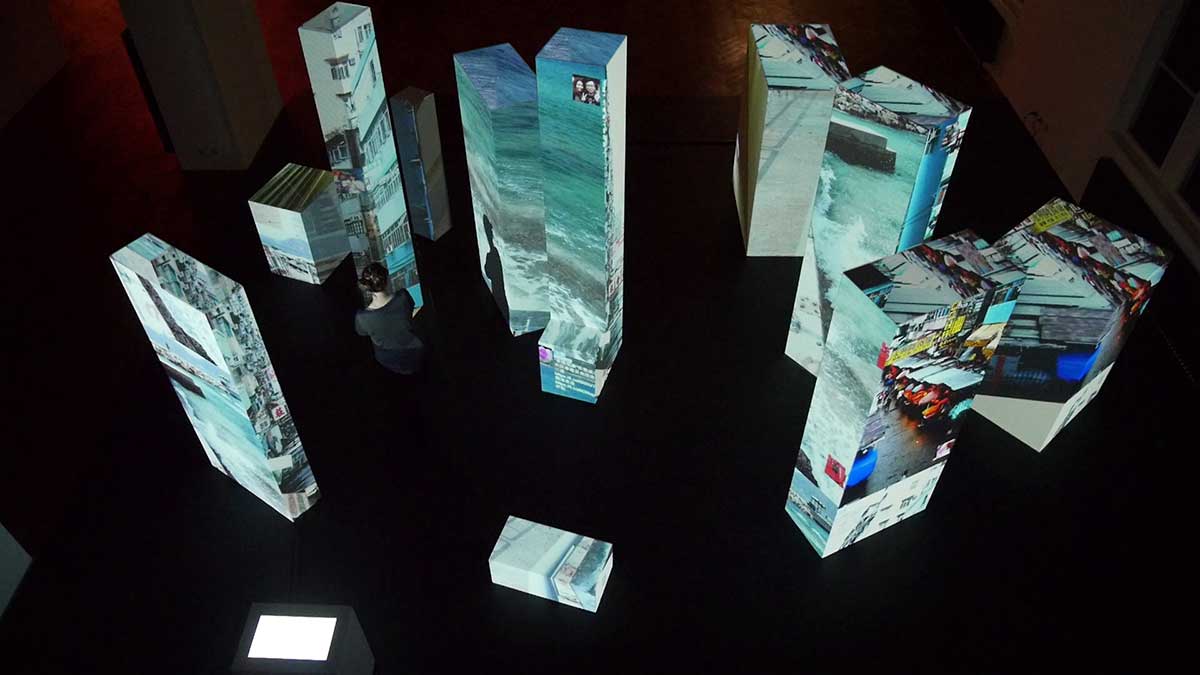
MAK Museum of Arts, Vienna
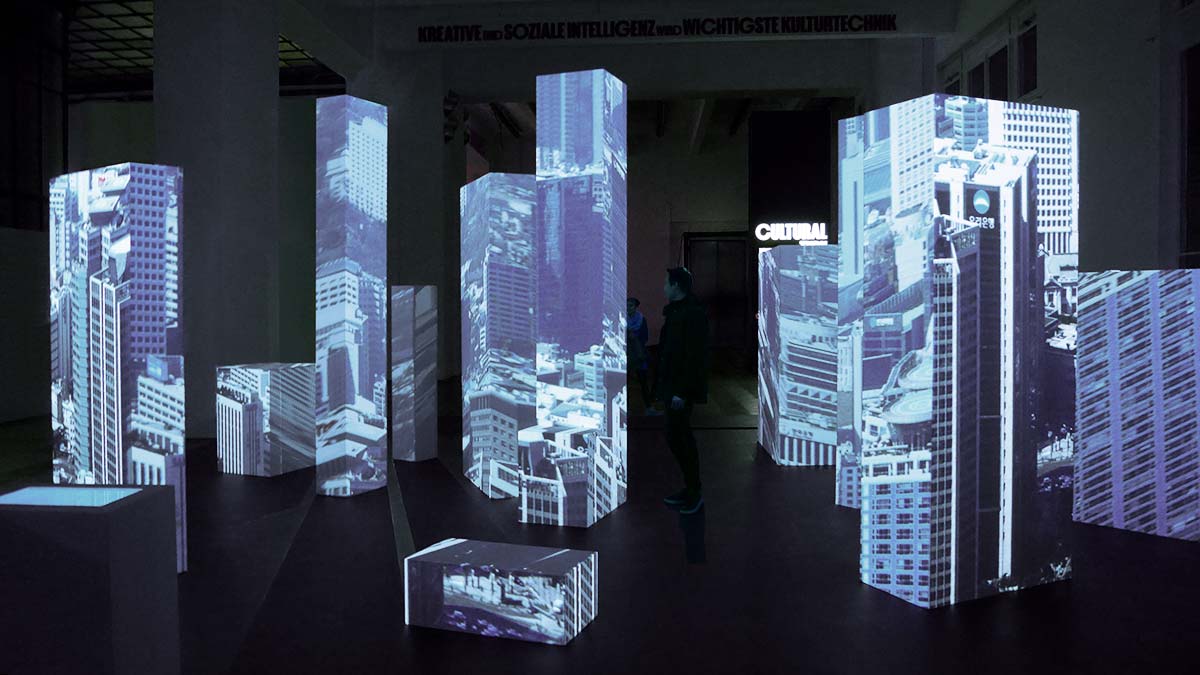
MAK Museum of Arts, Vienna
AESTHETICS OF CHANGE
150 YEARS OF THE UNIVERSITY OF APPLIED ARTS VIENNA
“Future is there, where we ourselves strive towards it”
Pursuing this idea leads to an interactive exhibition experience. The spotlight is on the new; old structures dissolve in the darkness. This combination of ruins and enchanted forest allows the search for the future to commence.
Exhibited Artwork
10.000 Moving Cities - Same but Different, Real Cubes
Interactive Net-Based Installation10.000 Moving Cities – Same but Different focuses on how places are constantly changing and cities are becoming more and more similar. Places are emerging that could be anywhere in the world without a real local identity. This process is accelerated by technological progress, fast means of transport and communication, and the Internet. Visitors can select any city or location via a digital interface. more …
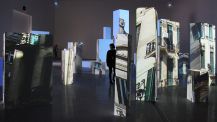
MMCA National Museum, Seoul

MMCA National Museum, Seoul
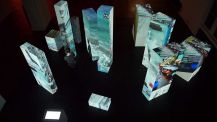
MAK Museum of Arts, Vienna
Publication
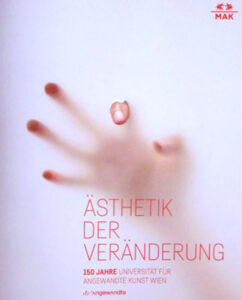
AESTHETICS OF CHANGE / 150 Years of the University of Applied Arts Vienna
MAK - Museum of Applied Arts ViennaExhibition Catalogue, 67 pages
2017
Deutsch/English
Christoph Thun-Hohenstein, Gerald Bast, Elisabeth Schmuttermeier, Peter Weibel, Patrick Werkner
www.mak.at
The exhibition AESTHETICS OF CHANGE: 150 Years of the University of Applied Arts Vienna in two parts casts a glance back onto 150 years of the University’s history, while at the same time daring to look into the future.
more …